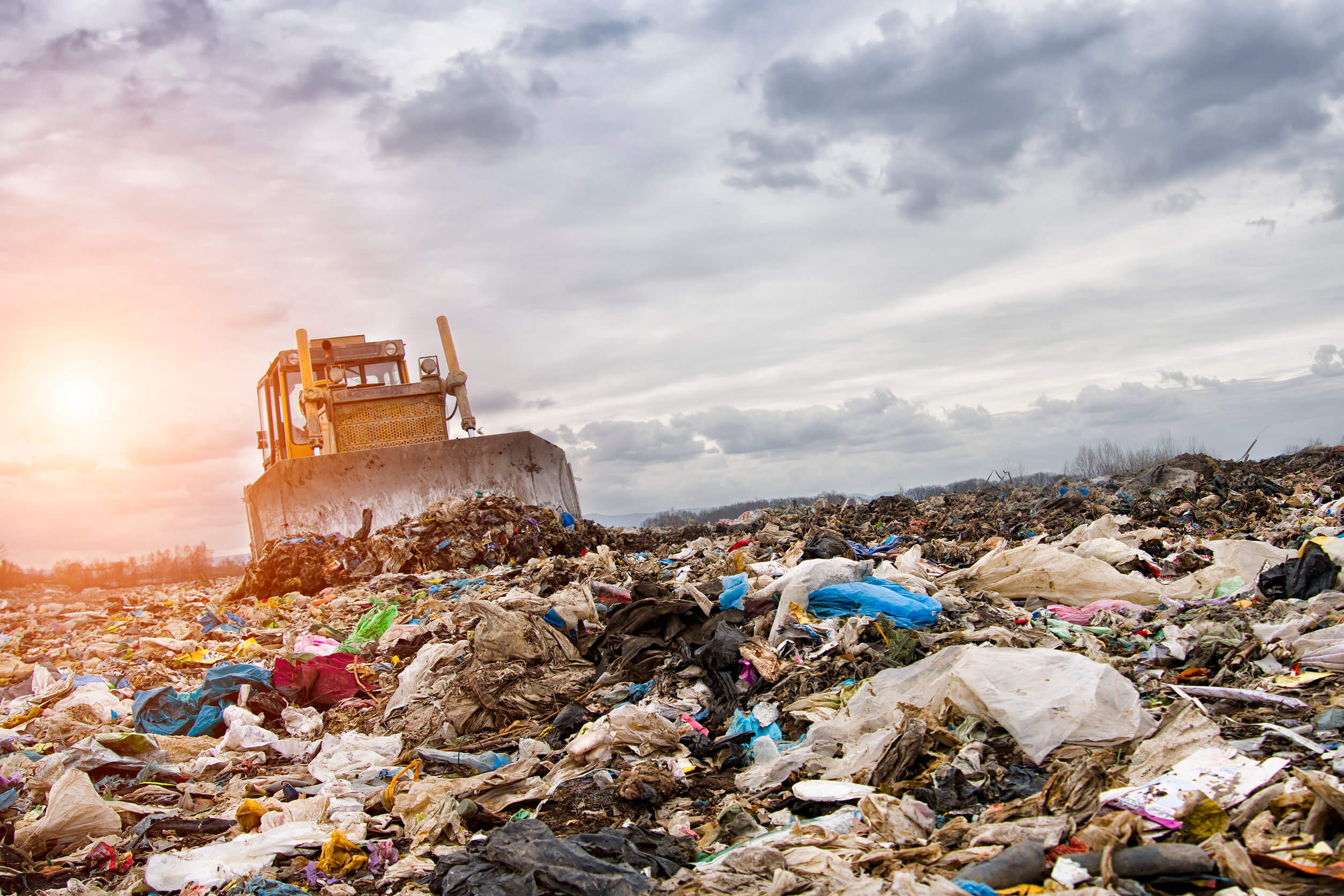
Before business and government leaders convened last week in New York City for Climate Week, the United Nations warned that emissions pledges are falling unacceptably short of the ambition required to avert climate catastrophe. As the natural world reaches irreversible tipping points and we rebuild from the COVID-19 pandemic, the circular economy presents an unparalleled opportunity.
Simply put, the circular economy is a model in which waste and pollution are designed out of the system. The idea takes inspiration from the elegance of nature’s cycles and the wisdom of Indigenous worldviews. Put into action, every object we use is either refurbished, disassembled to be reused, recycled into a new high-value product, or composted. When virgin materials are needed, regenerative and sustainably managed resources are prioritized. Examples of the circular economy are now emerging everywhere: from major companies repairing electronics and individuals mending clothes to buildings designed for disassembly and materials’ reuse.
While best known for their waste-curbing impacts, circular strategies could provide an invaluable solution by tackling the largely neglected 70% of global emissions connected to all the materials involved in our consumer society.
A report released earlier this year by non-profit Circle Economy found that doubling the globe’s circularity could cut global greenhouse gas emissions by 39% from 2019 levels, limiting global warming to below 2°C. And, the benefits would go further: reductions in the consumption of virgin materials would help alleviate pollution, ecosystem degradation and biodiversity loss.
The World Business Council for Sustainable Development has predicted that accelerating demand for finite natural resources will lead to future shortages, rising prices and supply chain interruptions. This could put $4.5 trillion of global economic growth at risk by 2030, according to global consultancy Accenture Strategy. Some governments have taken note. Fast-moving countries, led by the European Union members, China, and Japan, are positioning themselves to shield their citizens from these risks through comprehensive strategies and policy frameworks that support resource efficiency, new business models and supply chain collaborations.
Successful but isolated examples of the circular economy in our homes, communities and businesses now need to be scaled urgently, and expanded to our whole economic system.
Small business owners and large corporate leaders alike are also seeing a strong rationale for reducing waste. After all, there are greater greenhouse gas emissions associated with using predominantly virgin materials, and recycling or reusing those materials after the end of their first life reduces the amount businesses pay for landfill. Others see opportunity in new business models such as product-as-a-service. In these, customers pay for a membership-based service instead of actual products. Communauto, Evo and Modo are a few Canadian examples of companies that offer on-demand access to fleets of cars as an alternative to individual car ownership. In South Africa, Bushveld Energy leases the vanadium used in batteries and fully reclaims and reuses the mineral at the end of battery life. Every industry and sector now needs to consider its plan to compete in a world that demands longer-lived materials and products that are reusable, repairable, recyclable, re-manufacturable and regenerative.
Examples of the circular economy in our homes, communities and businesses are, however, still isolated. They need to be scaled urgently and expanded to our whole economic system.
This month’s World Circular Economy Forum, co-hosted by the Government of Canada, highlighted the rich universe of possibilities to deepen emission cuts under the Paris Agreement. It profiled a bounty of circular solutions for materials as diverse as plastics, minerals and metals, textiles, and food, across sectors as varied as construction, manufacturing, mobility and finance. It featured creativity from many, including multinationals, start-ups, social enterprises and community groups.
As the shift to a more circular economy gains traction worldwide, it’s past time for Canada, too, to develop a national circular economy strategy that should fully reinforce our climate goals. In a rapidly changing global context of intersecting crises, transitioning to a circular economy can boost prosperity and keep Canada competitive globally while dramatically lessening environmental impacts.
If we do this right, and learn from past mistakes, we can redesign the economy to serve all citizens rather than just the privileged few. While we didn’t collectively choose the inequities, economic uncertainty, and environmental issues that we face, the economic and social systems are ours to design.
Stephanie Cairns is the director of circular economy at Smart Prosperity Institute, and an established leader who has focused on environment, economy and fiscal policy research initiatives for 25 years.
Alice Irene Whittaker is a writer and environmental communications leader who writes and speaks about the circular economy. She is the director of marketing and communications at Smart Prosperity Institute and The Natural Step Canada.
The circular economy isn't just a zero-waste goal – it should be critical to Canada's action on climate - Corporate Knights Magazine
Read More
No comments:
Post a Comment